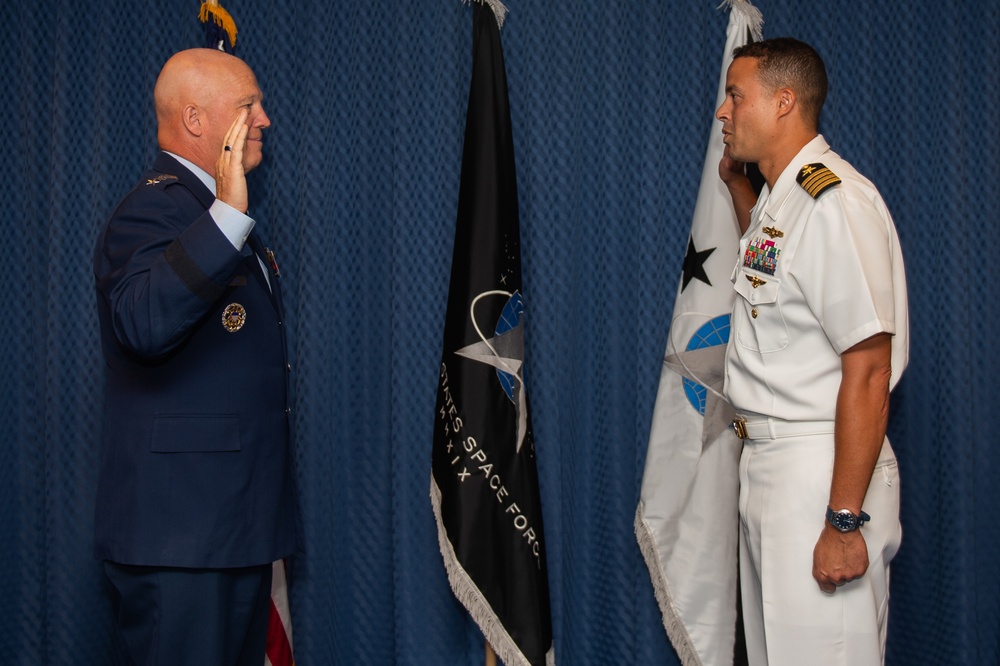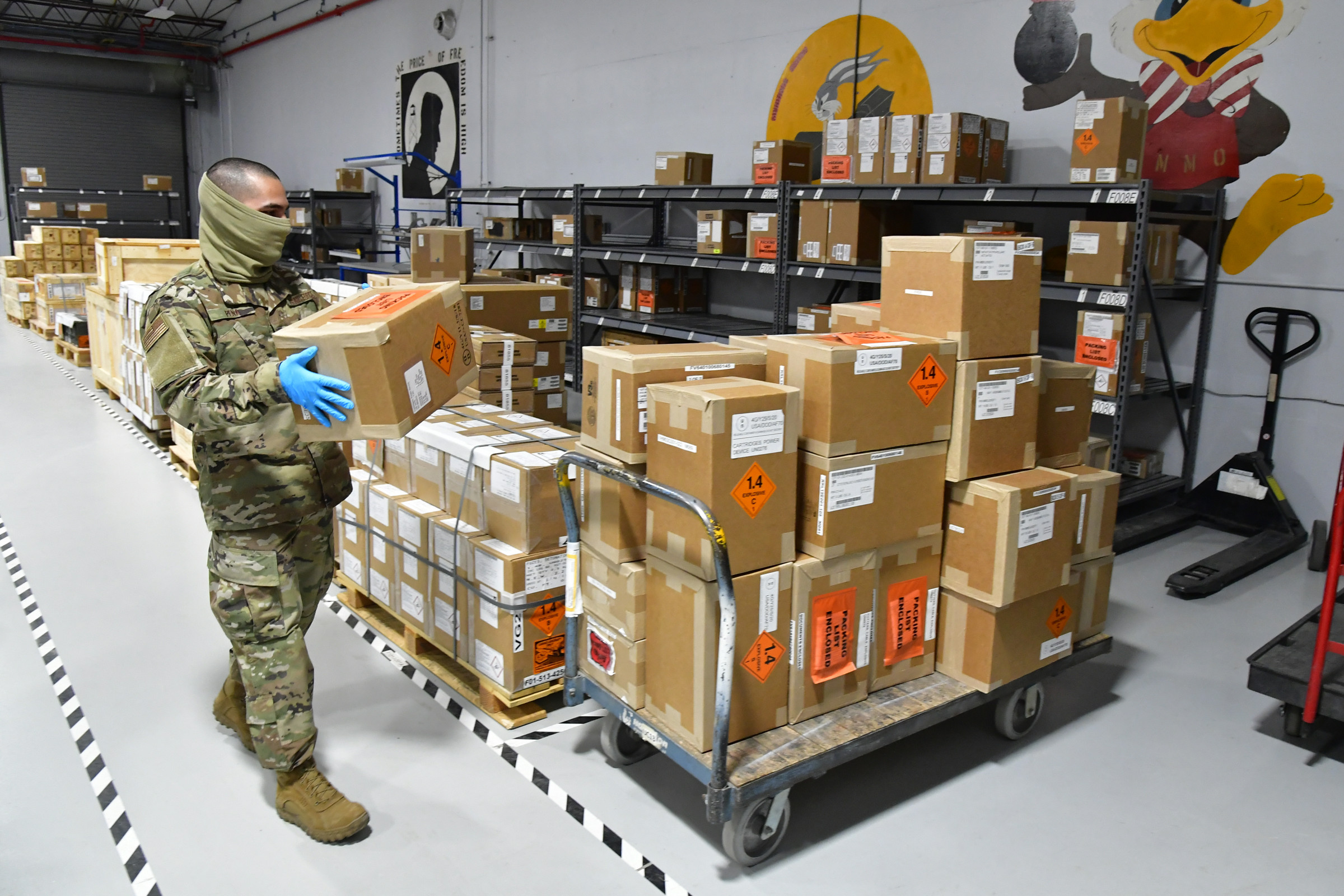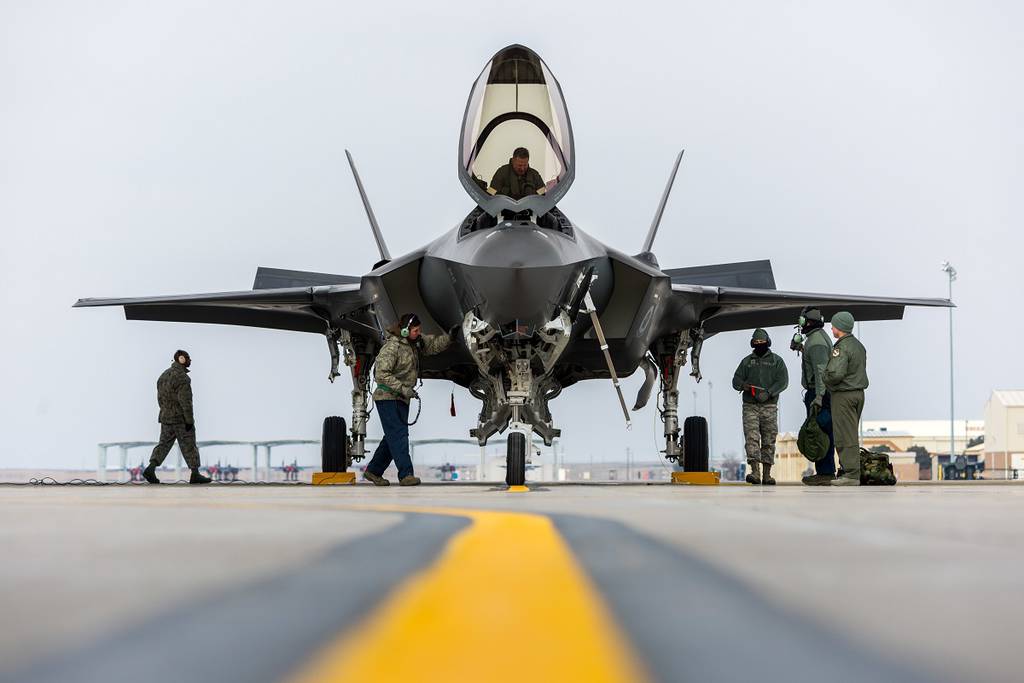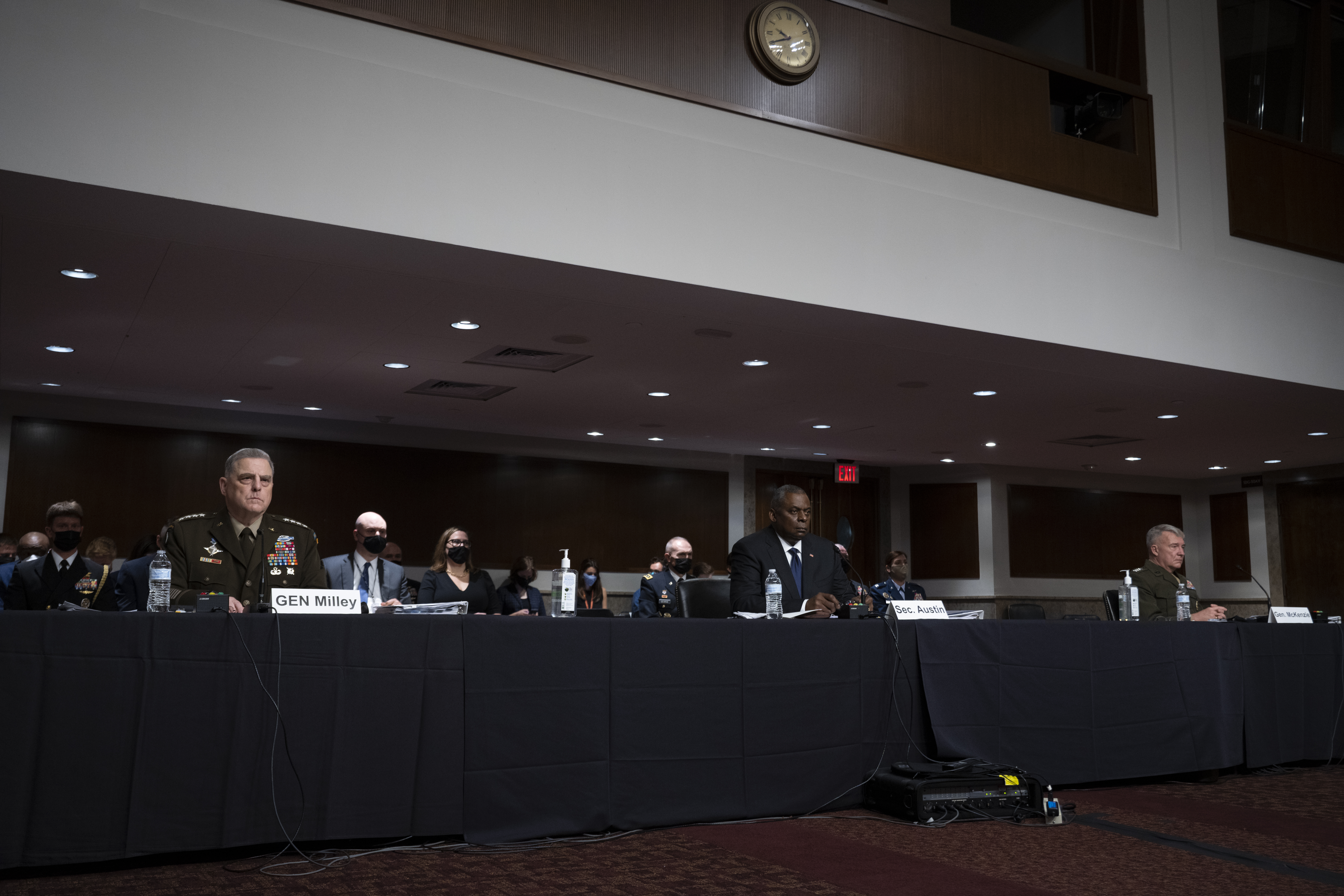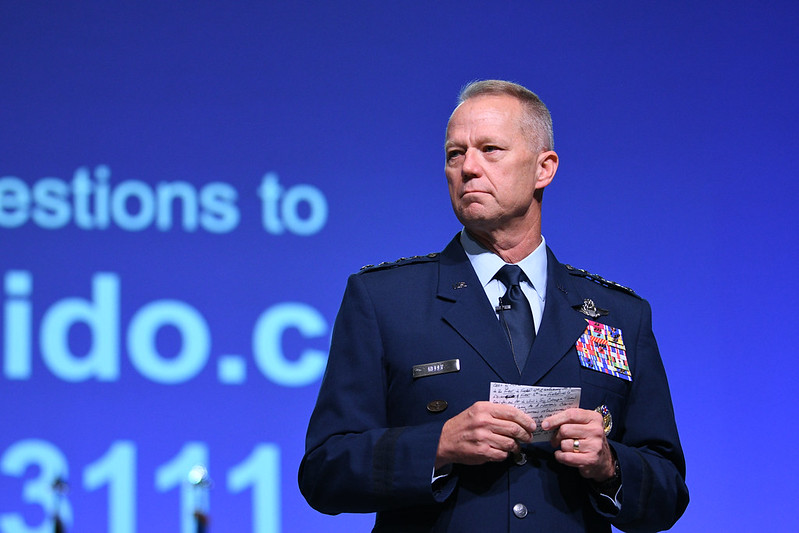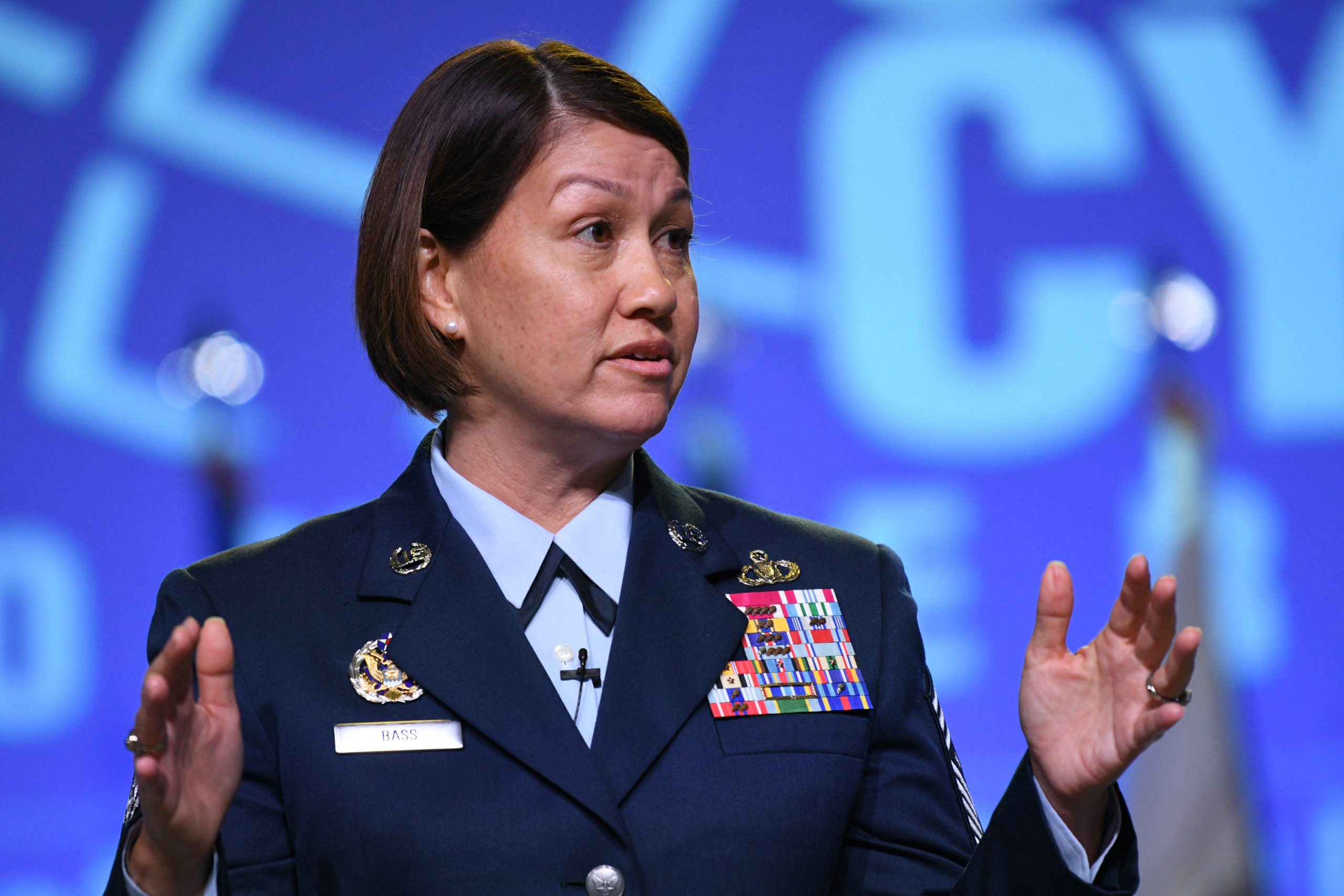More than 600 Soldiers, Sailors, and Marines have been selected to transfer to the Space Force, the service announced Sept. 30, forming the second tranche of transfers from outside the Air Force to join the nation’s newest armed service.
When the Space Force first opened the transfer application process to members of the Army, Navy, and Marine Corps, more than 3,700 service members applied. In June, the first 50 selections were announced—40 from the Army, seven from the Navy, and three from the Marine Corps.
Of the 670 selected for transfer Sept. 30, 455 were selected from the original pool of 3,700. The other 215 were chosen from Army and Navy units that are set to be transferred over to the Space Force, along with 259 civilians assigned to those units.
All told, 603 Soldiers, 49 Sailors, and 18 Marines will be transferring during fiscal 2022, which begins Oct. 1, 2021. The original group of transfers “have begun executing their transfers and are beta-testing the process for this larger group,” Patricia Mulcahy, Space Force chief human capital officer, said in a statement.
The military transfers have all been matched to a specific Space Force career field—space operations, intelligence, cyber, engineering, or acquisition. Upon their transfer, most will be assigned “broadly” into Space Force organizations, the service said in a press release. Those transferring in from units being reassigned to the Space Force will remain in their current positions.
Those Army and Navy units being realigned under the Space Force are mostly related to those services’ satellites, in particular the Naval Satellite Operations Center and U.S. Army Satellite Operations Brigade. They were scheduled to start the transfer process beginning Oct. 1, but that process will in all likelihood be delayed as Congress is set to pass a continuing resolution to freeze spending levels before passing a defense budget for 2022 later in the year.
Once the transfers do come aboard, however, they and the 50 original transfers will make up roughly seven percent of the service, which currently has nearly 13,000 service members and civilians combined. In addition to transfers, the Space Force is set to recruit nearly 500 more enlisted Guardians in fiscal 2022 and add around 260 more officers through direct accession, according to the service’s 2022 budget request.
